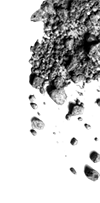
Find our latest products & Unleash the Waterproofing Powerhouse for All Your Surfaces!
Basement Waterproofing Solutions
FAQ
How will I know if waterproofing is necessary for my foundation?
You may need foundation waterproofing if you notice water stains, puddles, or glistening on basement walls and floors, cracks in the foundation, musty odours, or peeling paint. Signs like high humidity, mould growth, or standing water near the foundation after rain also indicate the need for basement sealing and waterproofing.
What are the typical techniques for waterproofing a foundation?
Typical techniques for waterproofing a foundation include applying cement-based coatings, crystalline substances, or liquid waterproofing solutions. Flexible elastomeric coatings, priming foundation walls, and advanced basement waterproofing systems like polyurethane-based solutions ensure effective protection. These foundation waterproofing techniques address moisture build-up, cracks, and hydrostatic pressure efficiently.
Why is foundation waterproofing important?
Foundation waterproofing is important to protect the building foundation from groundwater and precipitation. It prevents leaks, cracks, and structural damage caused by hydrostatic pressure. This ensures the integrity of your foundation and strengthens the core of the building. Basement waterproofing also improves durability, reduces maintenance costs, and safeguards indoor air quality.
What is the best time of year to waterproof a basement?
The best time to waterproof a basement is during dry seasons, such as late spring or summer. This allows proper application and curing of waterproofing materials.
How do I know if my basement needs waterproofing?
Your basement may need waterproofing if there are visible water stains on the wall, musty odours, mould growth, cracks or dampness in walls or floors, high humidity, or standing water after rainfall. These signs indicate water damage requiring immediate attention.
How do I prepare my basement for waterproofing?
Preparing the surface for basement waterproofing is the first step. Thoroughly clean the walls and floors, remove dust and old coatings, seal visible cracks, and ensure proper drainage around the foundation.
How to waterproof an existing retaining wall?
To waterproof an existing retaining wall, apply a high-quality waterproof membrane or sealant to create a protective barrier against moisture. Ensure proper drainage behind the retaining wall to reduce hydrostatic pressure. It can cause dampness, cracks, and discolouration. Clean the wall surface thoroughly before application to ensure long-lasting results.
How to choose the best waterproofing product for retaining walls?
Choosing the best retaining wall waterproofing products depends on the material, environment, and specific requirements. Porous materials like concrete, masonry, and bricks allow moisture to seep through, making high-performance waterproofing essential. Liquid-applied membranes like polyurethane or bitumen-based products are excellent for complex surfaces, providing a seamless and durable barrier against water. Sheet membranes, made from materials like HDPE or PVC, are ideal for long-term protection in high-pressure areas. When selecting a basement waterproofing product, consider its water resistance, crack-bridging ability, UV stability, and ease of application. Crystalline waterproofing or injection methods are suitable for below-grade walls, while UV-resistant acrylic or hybrid PU systems work well for exposed areas. Investing in proper waterproofing prevents costly repairs and ensures the retaining wall remains durable and secure. For best results, consult a professional to match the product to your wall’s specific needs.
Is basement waterproofing worth it?
Basement waterproofing is a significant investment that protects the basement and the building foundation from dampness, leaks, and flood damage. Basement waterproofing ensures the longevity of your home. It transforms your basement into a safe, usable space, ideal for storage or living purposes, without risking damage to your possessions. Additionally, foundation waterproofing enhances your property’s value by creating a dry, habitable area. Overall, it offers long-term savings and peace of mind.
How do you fix a leaking basement after heavy rain?
To fix a leaking basement after heavy rain, install a sump pump to collect and redirect excess water away from your home. Pair it with an interior drainage system for optimal results. Use a dehumidifier to reduce humidity and prevent mould growth. Ensure gutters and downspouts are maintained to channel rainwater away, and regrade your landscape to direct water flow. For long-term protection, consider exterior drainage upgrades or applying durable waterproofing solutions to properly waterproofing basement walls.



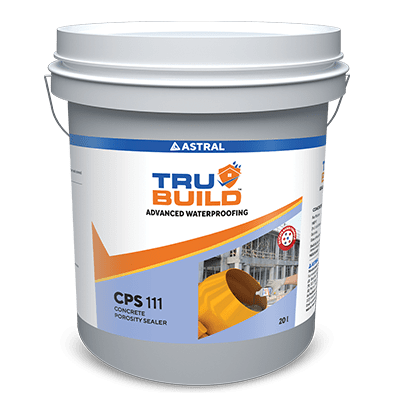
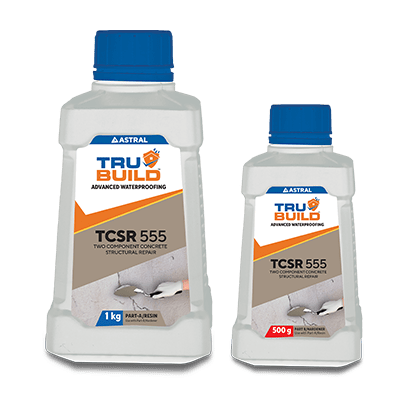

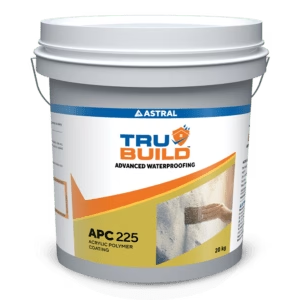
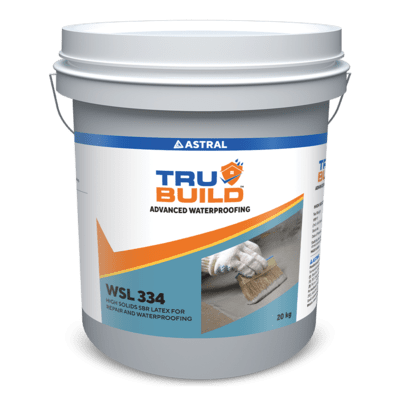
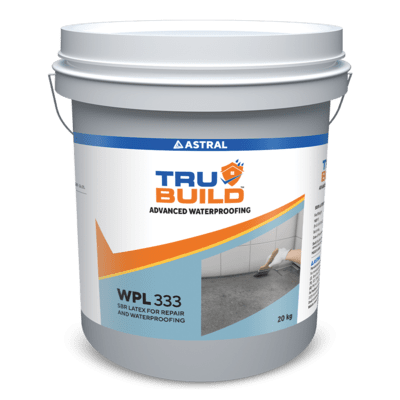
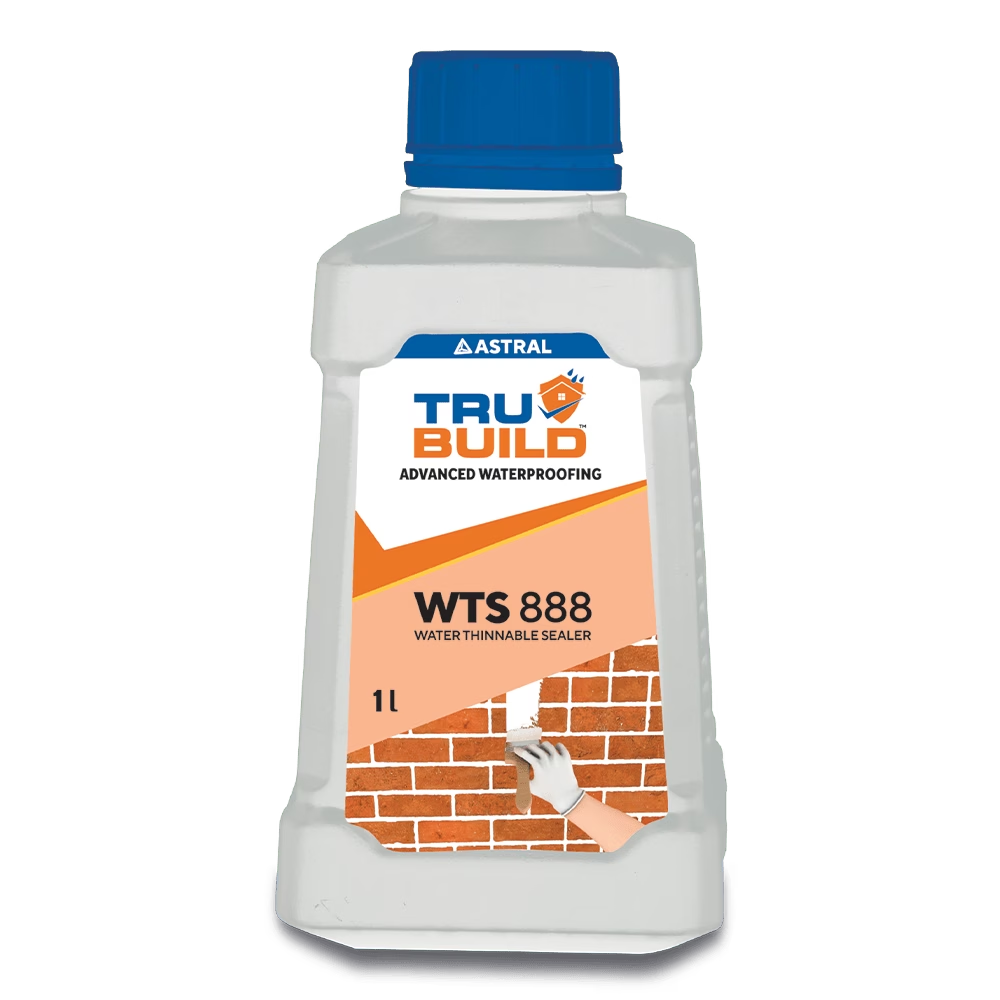
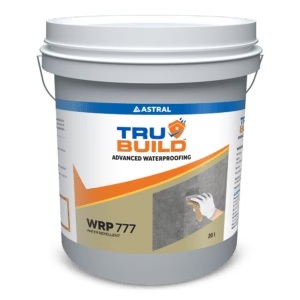
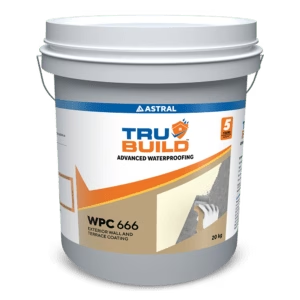
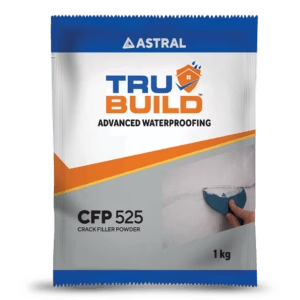
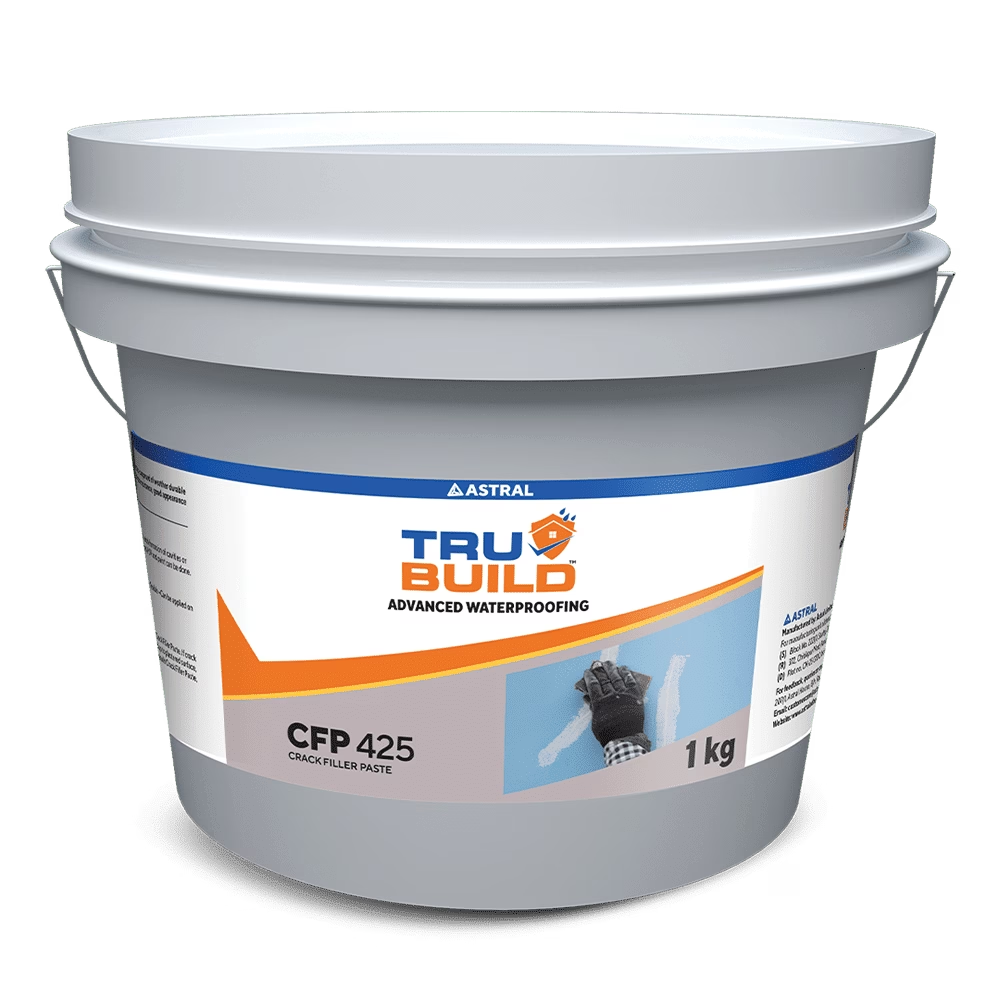
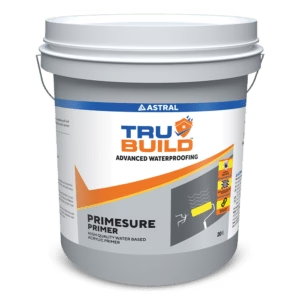
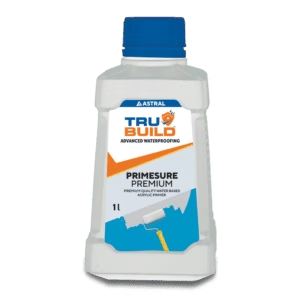
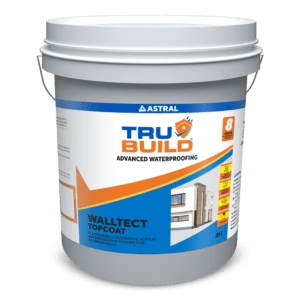
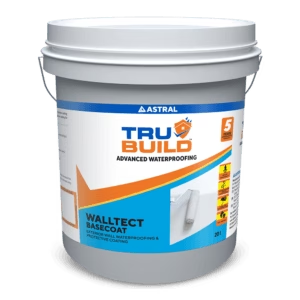
 Professional Sealants
Professional Sealants 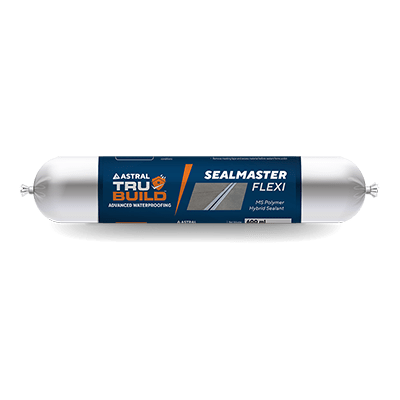
 Roof Waterproofing
Roof Waterproofing 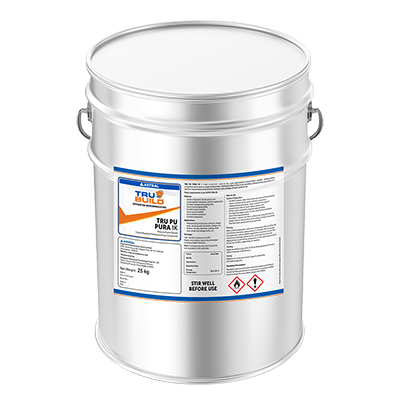

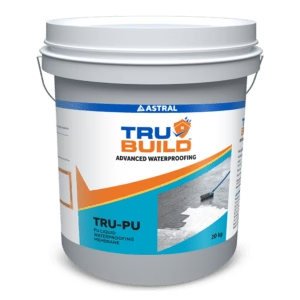


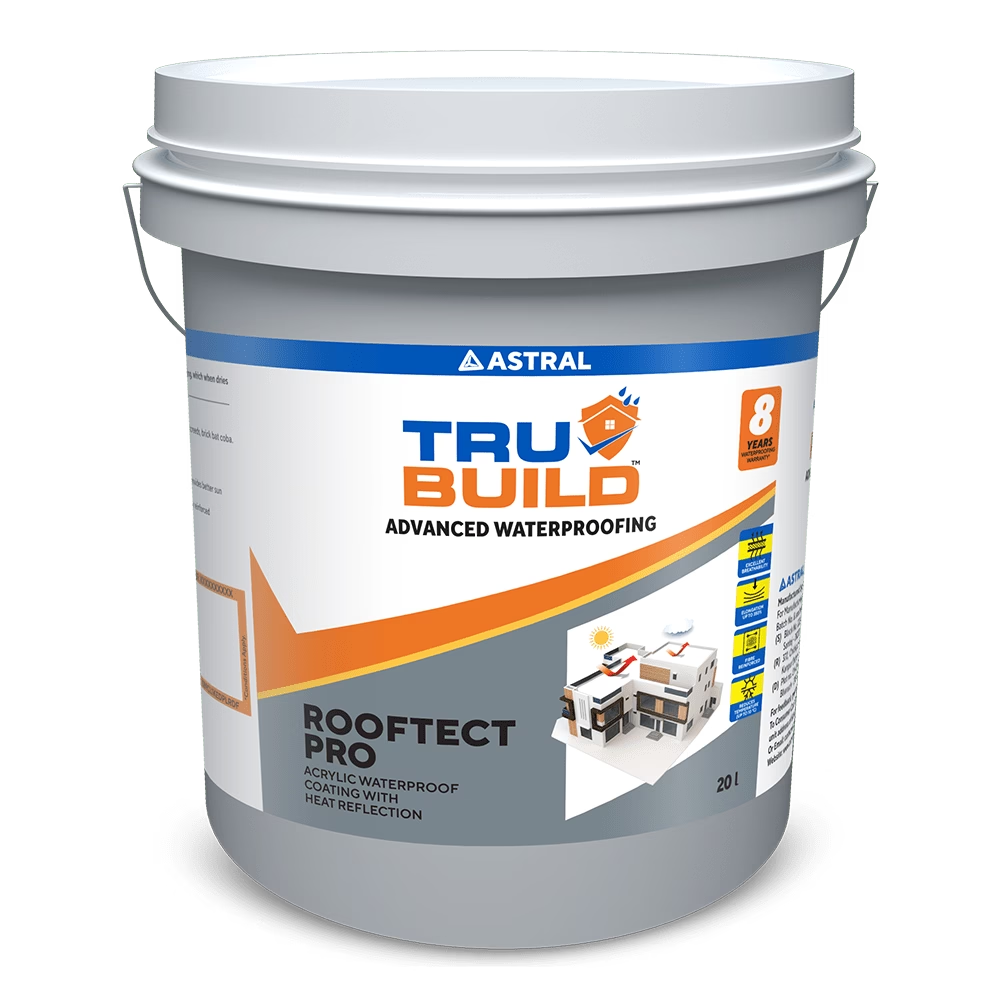
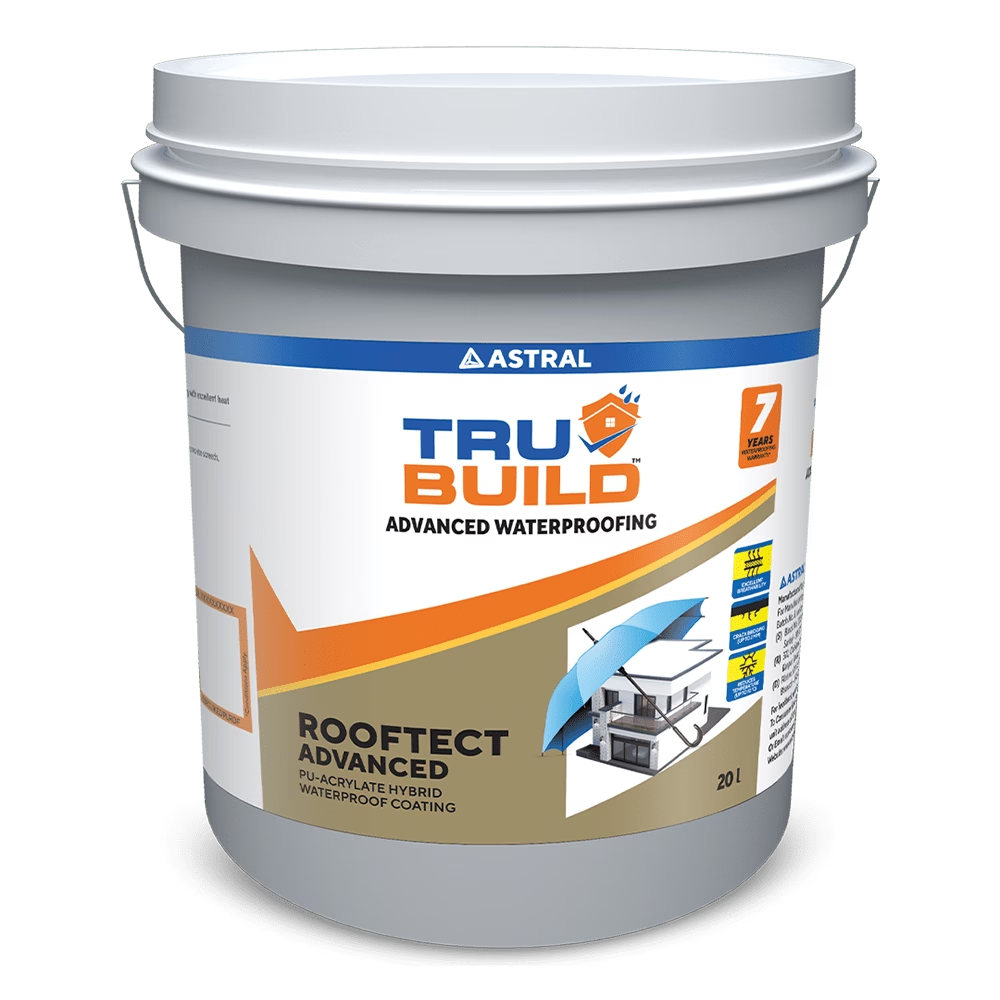
 Substructure Waterproofing
Substructure Waterproofing  Tiling and Grouting
Tiling and Grouting 

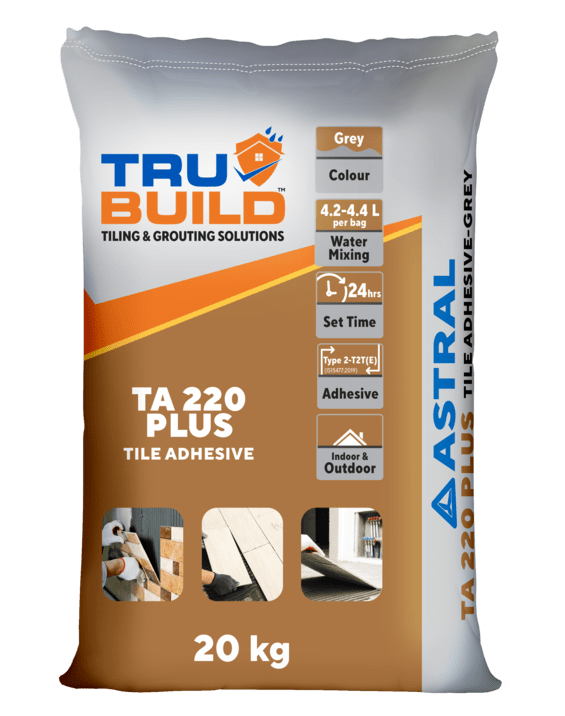
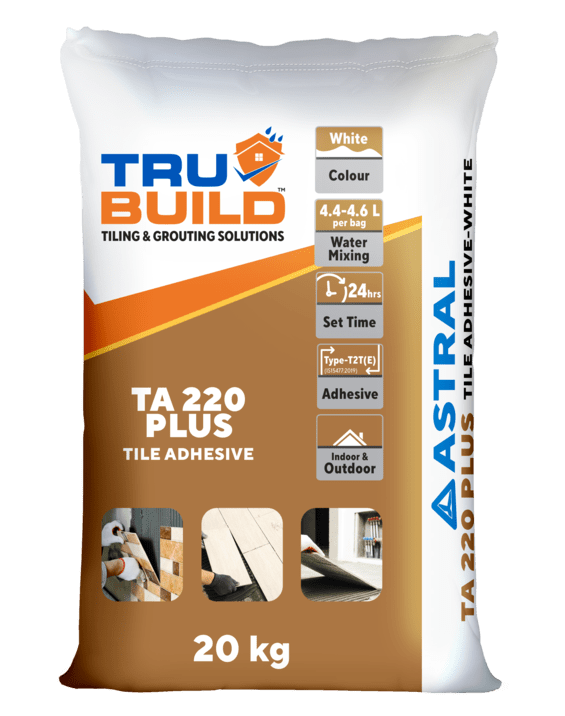
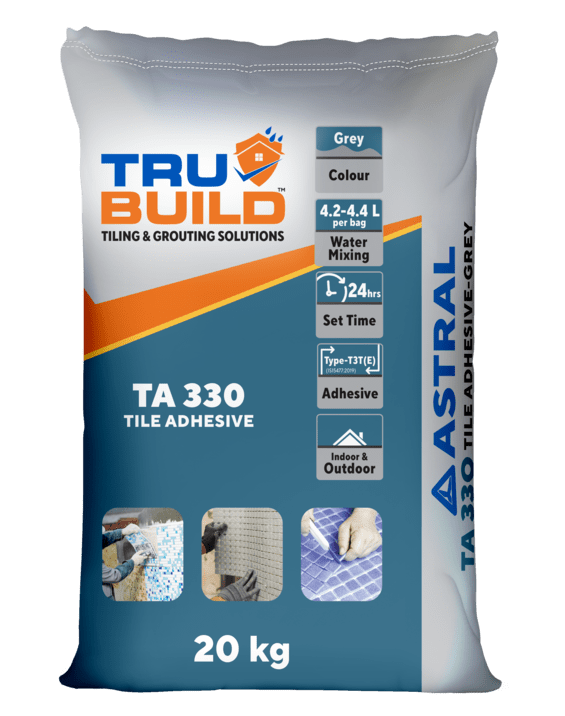
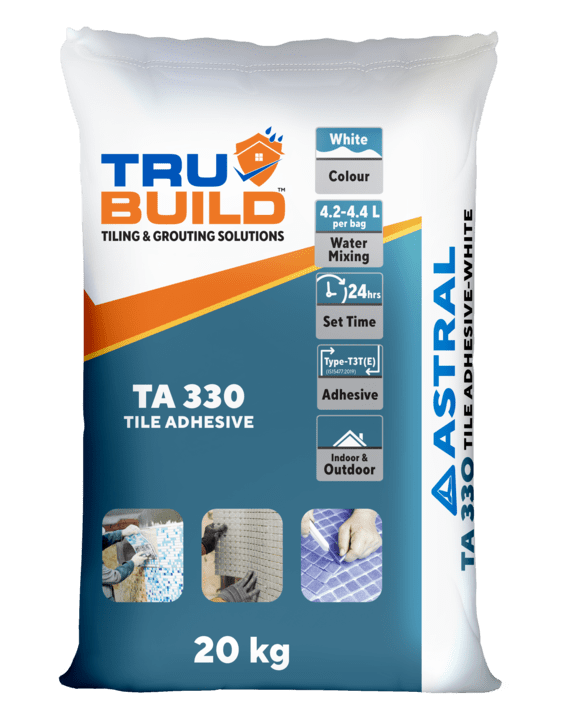
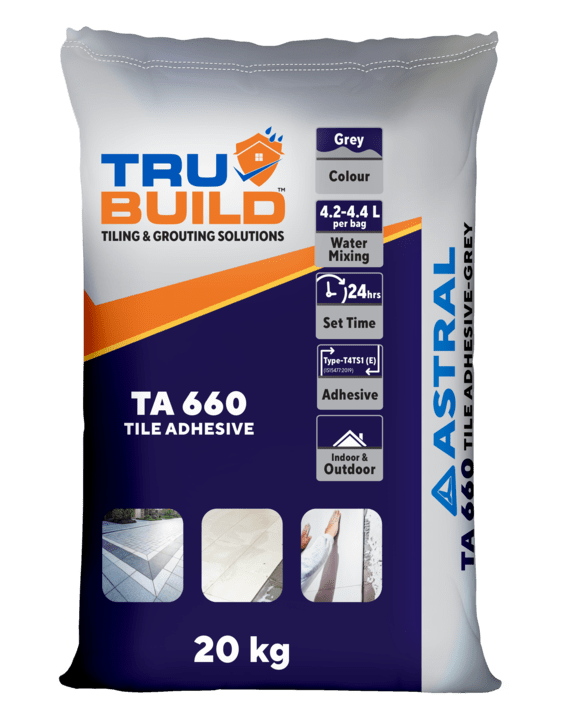
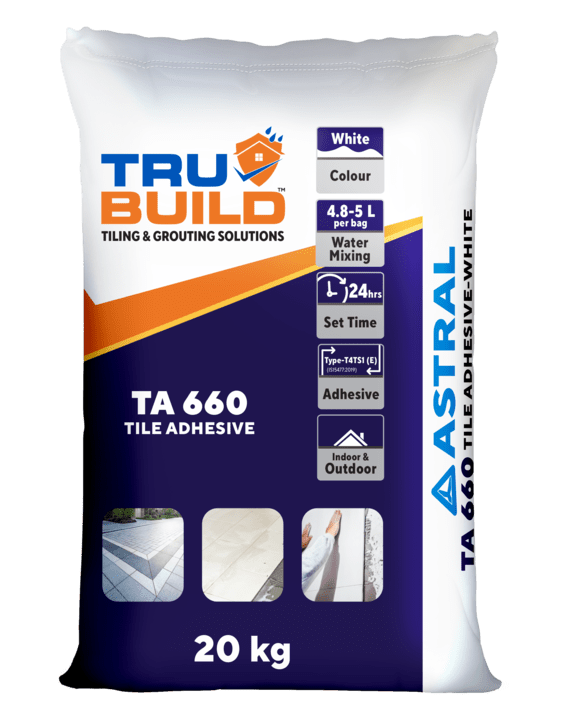
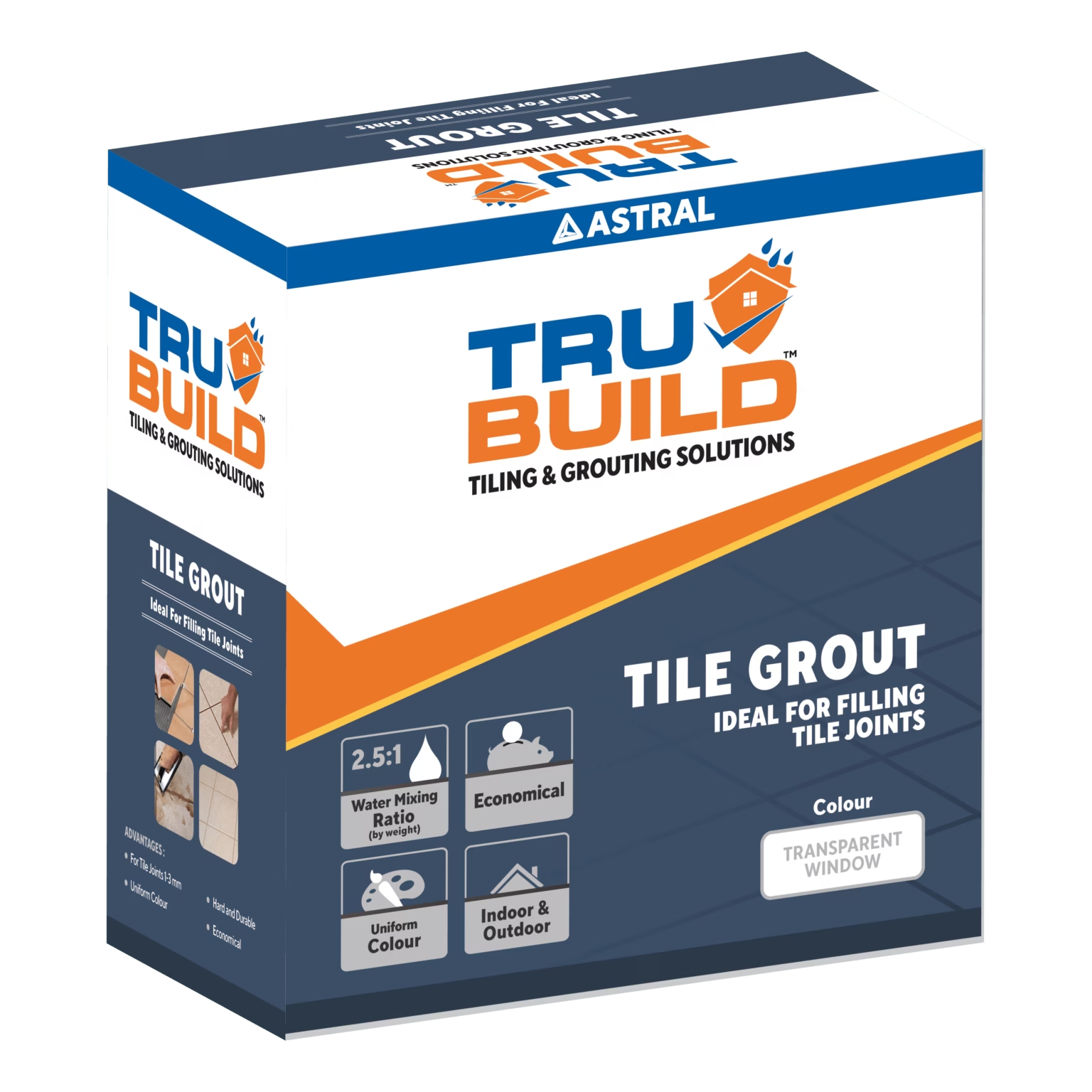
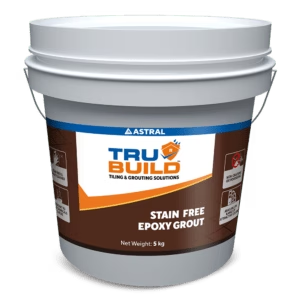
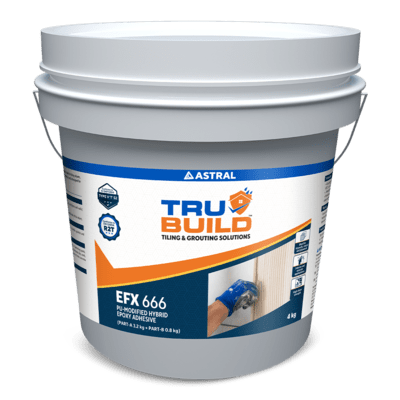
 Water Tanks and Other Areas
Water Tanks and Other Areas 
